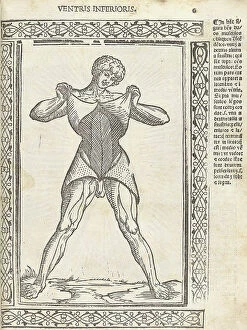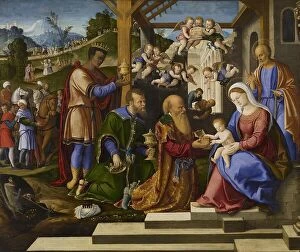1520s Collection
The 1520s were a time of artistic and cultural richness, as well as political intrigue
All Professionally Made to Order for Quick Shipping
The 1520s were a time of artistic and cultural richness, as well as political intrigue. In Venice, a woodcut edition of Dante's Inferno was published, showcasing the vivid imagery and dark themes of this timeless masterpiece. Meanwhile, in France, an extravagant tournament took place on the Field of the Cloth of Gold, where kings Henry VIII and Francis I displayed their wealth and power through lavish festivities. In England, Catherine of Aragon found herself at the center of attention during her appearance at the Legatine Court held at Blackfriars. This event would have significant consequences for her marriage to Henry VIII and ultimately shape English history. Across continents, a rare Aztec stone frog from around 1200-1521 serves as a reminder of pre-Columbian civilizations' intricate craftsmanship. Its intricate details tell stories lost to time. Italian art flourished during this period with Deruta lustred portrait dish depicting a fierce warrior painted in blue and lustred in yellow. The vibrant colors bring life to this stunning piece that showcases Italy's mastery in ceramics. A title page illustration from 1529 transports us into an idyllic garden scene filled with figures enjoying nature's beauty—a testament to humanity's appreciation for harmony between man-made structures and natural landscapes. Artistic expression continued with "Lady With A Cat, " an oil painting created between 1525-30. The artist skillfully captures both elegance and intimacy through his brushstrokes while highlighting the bond between woman and feline companion. Religious themes also dominated artworks like "The Last Judgement" painted on panel circa 1525 or depicted within illuminated manuscripts on vellum such as "Last Judgement" (1520s) or "Adoration of the Magi" (1520s). These pieces explore profound spiritual concepts while showcasing exquisite craftsmanship by illuminators who brought these scenes to life through delicate strokes.
















































